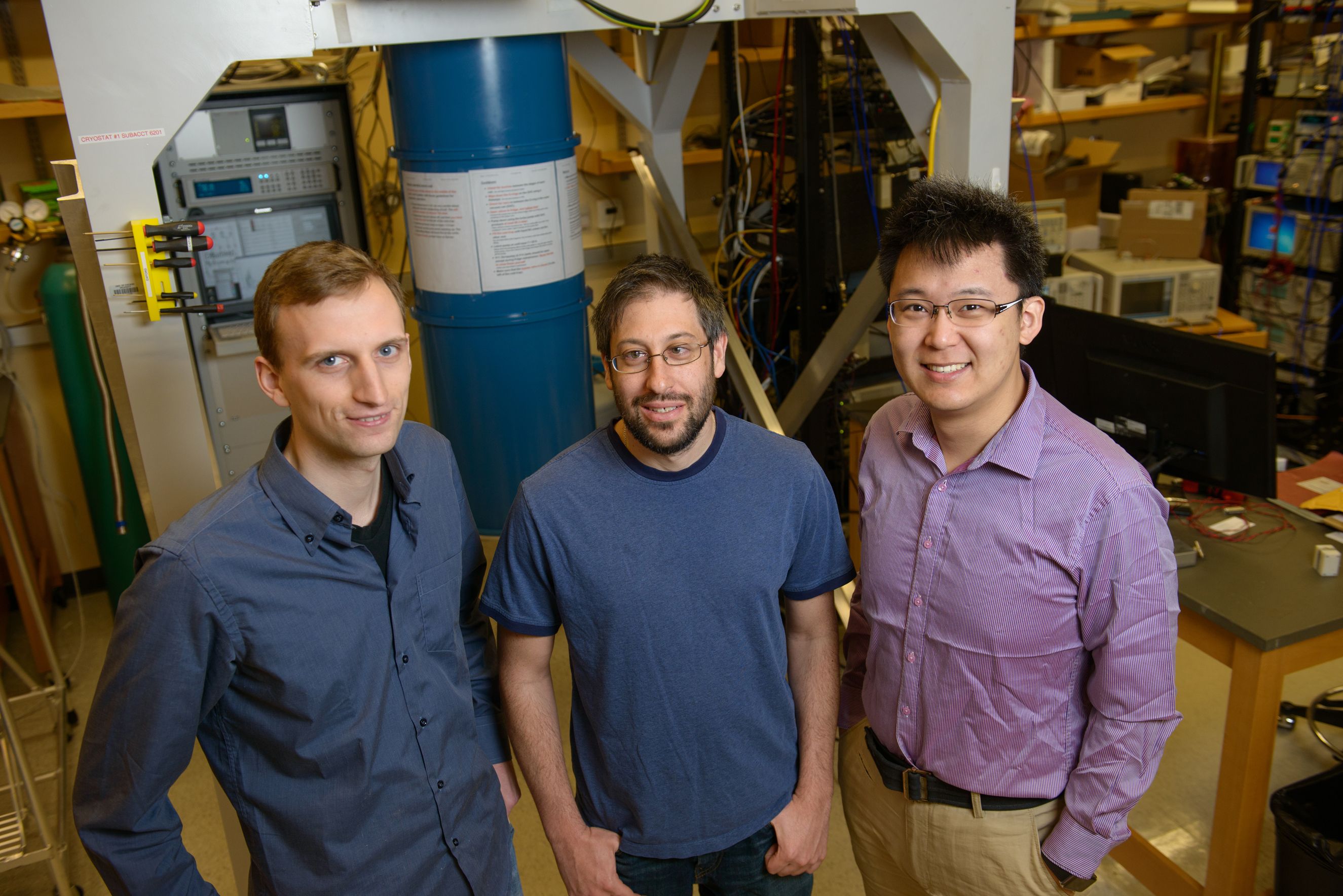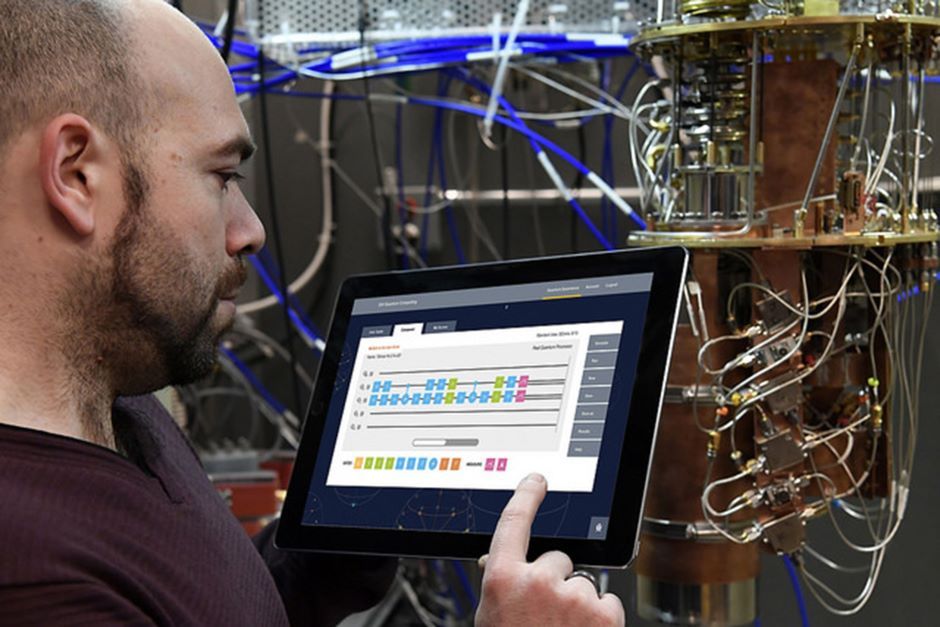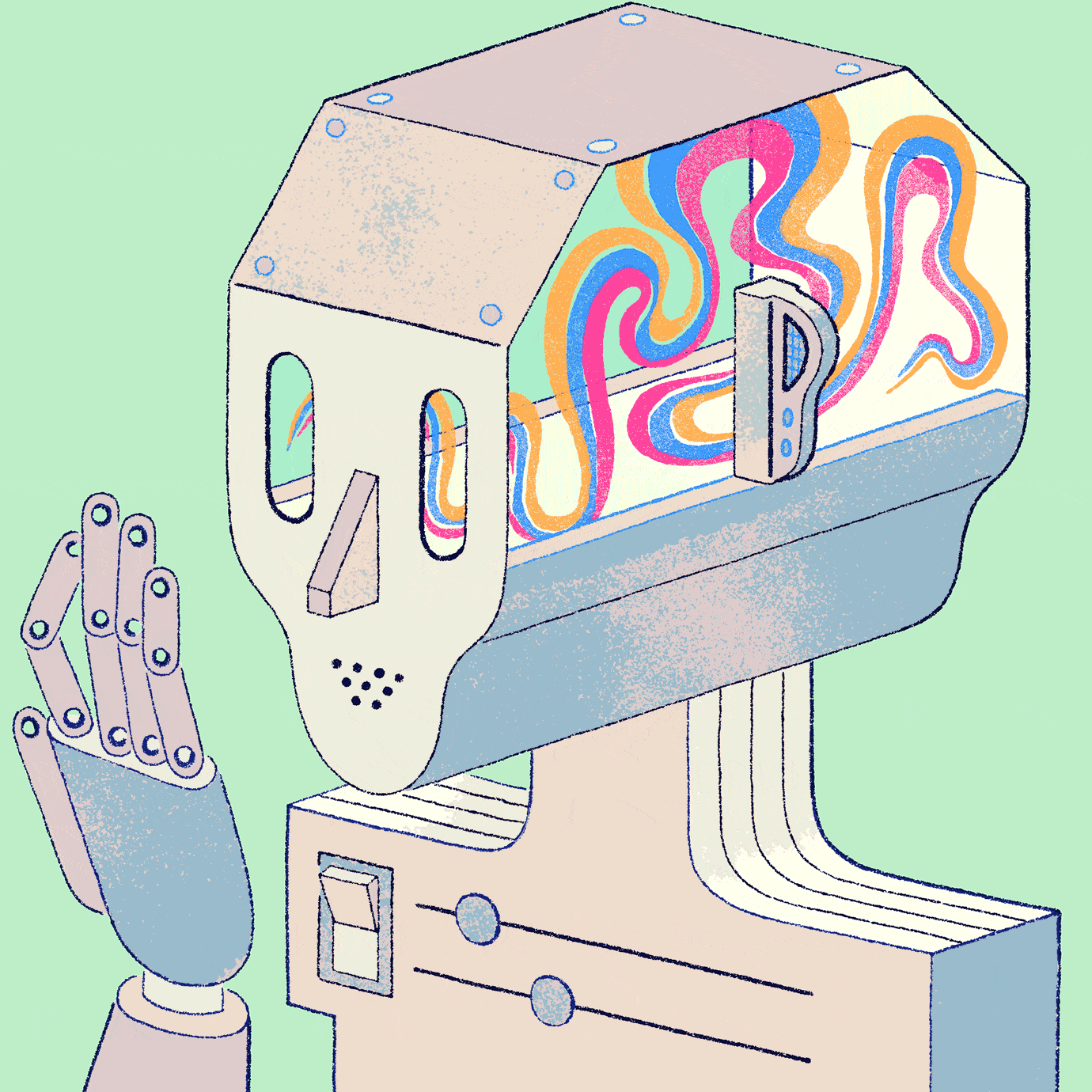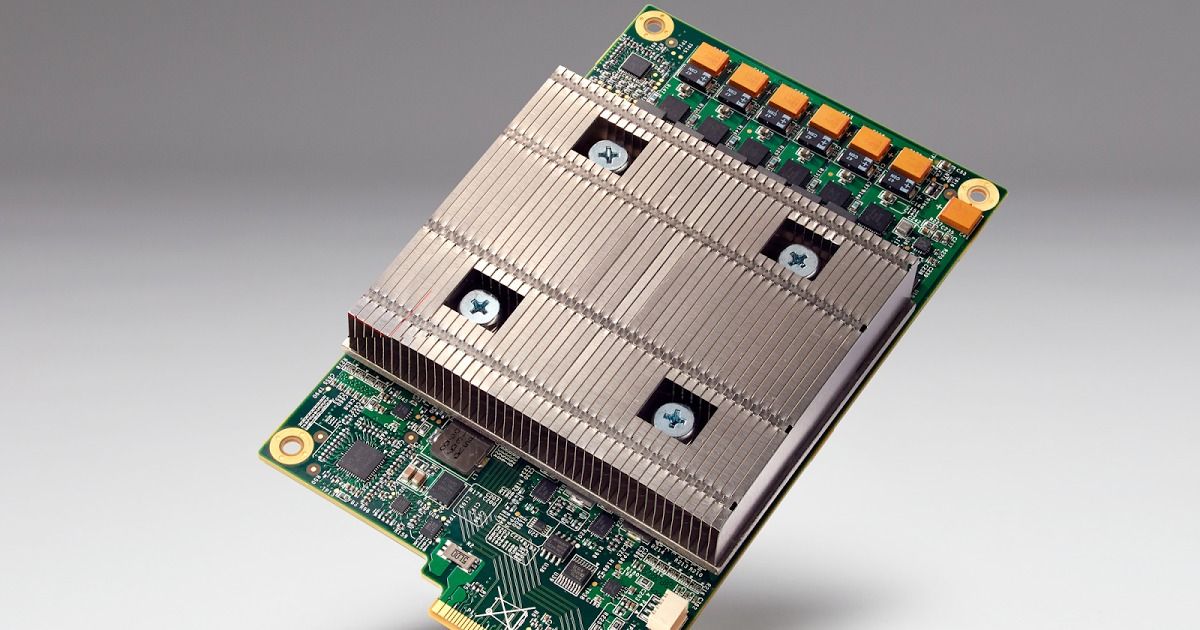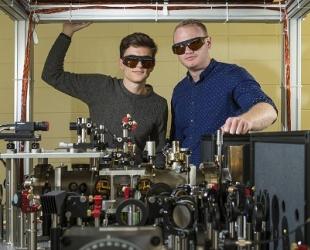Archive for the ‘computing’ category: Page 794
May 19, 2016
New device steps toward isolating single electrons for quantum computing
Posted by Karen Hurst in categories: computing, particle physics, quantum physics
Finally, some well deserved recogonition to Argonne Natl. Labs in their efforts on QC with the Univ. Of Chicago.
If biochemists had access to a quantum computer, they could perfectly simulate the properties of new molecules to develop novel drugs in ways that would take the fastest existing computers decades.
Electrons represent an ideal quantum bit, with a “spin” that when pointing up can represent a 0 and down can represent a 1. Such bits are small—even smaller than an atom—and because they do not interact strongly, they can remain quantum for long periods. However, exploiting electrons as qubits also poses a challenge because they must be trapped and manipulated. Which is exactly what David Schuster, assistant professor of physics, and his collaborators at UChicago, Argonne National Laboratory and Yale University have done.
Continue reading “New device steps toward isolating single electrons for quantum computing” »
May 19, 2016
With Moore’s Law in doubt, eyes turn to quantum computing
Posted by Karen Hurst in categories: computing, quantum physics
Moore’s Law was already identified as a problem regardless of Quantum. And, the move to Quantum happened regardless of Moores Law and the excitment around QC was not the result of Moores Law limitations. Just like all things, we evolve to better level of maturity.
The chip industry is giving another sign that Moore’s Law is coming to an end, but IBM is offering a glimpse at what might be computing’s future.
Industry experts from around the world who have been working together for years for forecast technology advances in the tech industry are throwing in the towel.
Continue reading “With Moore’s Law in doubt, eyes turn to quantum computing” »
May 19, 2016
Inside Vicarious, the Secretive AI Startup Bringing Imagination to Computers
Posted by Shailesh Prasad in categories: computing, robotics/AI
By reinventing the neural network, the company hopes to help computers make the leap from processing words and symbols to comprehending the real world.
May 19, 2016
Theorists smooth the way to modeling quantum friction: New paradigm offers a strategy for solving one of quantum mechanics’ oldest problems
Posted by Karen Hurst in categories: chemistry, computing, nanotechnology, particle physics, quantum physics
Princeton’s answer to Quantum friction.
Abstract: Theoretical chemists at Princeton University have pioneered a strategy for modeling quantum friction, or how a particle’s environment drags on it, a vexing problem in quantum mechanics since the birth of the field. The study was published in the Journal of Physical Chemistry Letters.
“It was truly a most challenging research project in terms of technical details and the need to draw upon new ideas,” said Denys Bondar, a research scholar in the Rabitz lab and corresponding author on the work.
Quantum friction may operate at the smallest scale, but its consequences can be observed in everyday life. For example, when fluorescent molecules are excited by light, it’s because of quantum friction that the atoms are returned to rest, releasing photons that we see as fluorescence. Realistically modeling this phenomenon has stumped scientists for almost a century and recently has gained even more attention due to its relevance to quantum computing.
May 18, 2016
Google supercharges machine learning tasks with TPU custom chip
Posted by Klaus Baldauf in categories: computing, robotics/AI
Posted by norm jouppi, distinguished hardware engineer, google.
Machine learning provides the underlying oomph to many of Google’s most-loved applications. In fact, more than 100 teams are currently using machine learning at Google today, from Street View, to Inbox Smart Reply, to voice search.
But one thing we know to be true at Google: great software shines brightest with great hardware underneath. That’s why we started a stealthy project at Google several years ago to see what we could accomplish with our own custom accelerators for machine learning applications.
Continue reading “Google supercharges machine learning tasks with TPU custom chip” »
May 18, 2016
New type of graphene-based transistor will increase the clock speed of processors
Posted by Karen Hurst in categories: computing, materials
New graphene transistor makes for a faster processor.
Scientists have developed a new type of graphene-based transistor and using modelling they have demonstrated that it has ultralow power consumption compared with other similar transistor devices. The findings have been published in a paper in the journal Scientific Reports. The most important effect of reducing power consumption is that it enables the clock speed of processors to be increased. According to calculations, the increase could be as high as two orders of magnitude.
“The point is not so much about saving electricity — we have plenty of electrical energy. At a lower power, electronic components heat up less, and that means that they are able to operate at a higher clock speed — not one gigahertz, but ten for example, or even one hundred,” says the corresponding author of the study, the head of MIPT’s Laboratory of Optoelectronics and Two-Dimensional Materials, Dmitry Svintsov.
May 18, 2016
A&S Physicist Awarded IBM Grant to Develop Quantum Computing
Posted by Karen Hurst in categories: computing, quantum physics
So, IBM is giving grant money to A&S to build a Quantum Computer. Hmmm; so IBM announced they had a Quantum Computer and computing services via cloud. Guessing IBM has a pseudo version of QC given this move.
A physicist in the College of Arts and Sciences has been awarded a major grant to help develop quantum computing technology.
Britton Plourde, associate professor of physics, is using a three-year, $900,000 grant from IBM to conduct research for the LogiQ Program. LogiQ is part of the Intelligence Advanced Research Projects Activity (IARPA), based in the Office of the Director of National Intelligence.
Continue reading “A&S Physicist Awarded IBM Grant to Develop Quantum Computing” »
May 18, 2016
QC will change many industries and even some fortunes as well
Posted by Karen Hurst in categories: computing, economics, employment, quantum physics
QC will change many industries and even some fortunes as well. So, no wonders Canada & Australia both deem it as a priority.
Mike Lazaridis, founder of Blackberry Limited and the visionary who led the establishment of the Perimeter Institute for Theoretical Physics (PI), the Institute for Quantum Computing (IQC) at the University of Waterloo and Quantum Valley Investments, delivered a keynote address highlighting the Quantum Valley model in Waterloo Region, Ontario, Canada and the emphasis both federal and provincial governments have placed on the development of quantum technologies.
The Quantum Europe conference comes at a time when large scale investments from tech companies and governments around the world, including in Canada, are being made as part of the “Second Quantum Revolution” – a new global industry fueled by the commercialization of new transformative quantum technologies.
Continue reading “QC will change many industries and even some fortunes as well” »
May 18, 2016
AI Research Tool Runs Experiment that won 2001 Nobel Prize in Physics
Posted by Karen Hurst in categories: computing, information science, quantum physics, robotics/AI
Australian physicists’ team has developed a new research assistant to carry out experiments in quantum mechanics in an artificial intelligence (AI) algorithm form, which quickly took control of the experiment, learned the job tasks and even innovated. In a statement, co-lead researcher Paul Wigley from the Australian National University (ANU) Research School of Physics and Engineering, said he didn’t expect that the machine would be able to conduct the experiment itself from scratch within an hour.
He added that in case a simple computer program had been used, it would have taken much more time than the age of the universe to go through all the combinations and work on it.
Scientists were looking forward to reconstruct an experiment that was awarded the 2001 Nobel Prize in Physics, which included very cold gas trapped in a laser beam called a Bose-Einstein condensate.
Continue reading “AI Research Tool Runs Experiment that won 2001 Nobel Prize in Physics” »

